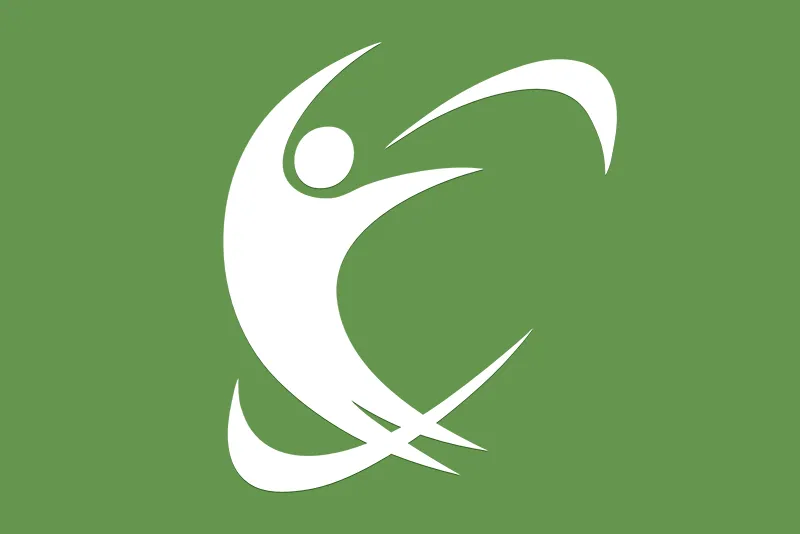The shoulder may be one of the most taken-for-granted parts of our body. Yet, it makes its presence known when it is dislocated. The shoulder is integral to the movement of the arm. When it is out of commission, we suddenly become aware of how vital its smooth function really is. “Shoulder pain can be one of the most frustrating problems for patients,” says Agility Orthopedics surgeon Peter Yeh, MD, “because a shoulder that is not working normally interferes with almost every part of daily life.”
A Delicate Balancing Act
The hip joint has more natural stability than a shoulder joint because the ball of the hip is almost entirely surrounded by the socket of the pelvis. In contrast, the shoulder is much more similar to a golf ball resting on a tee. In the shoulder, the position of the golf ball on the tee is controlled by a complicated arrangement of muscles, tendons, ligaments, and nerves. This arrangement is a delicate balancing act, and injuries to the shoulder can upset the balance, causing you to have a significant amount of pain and shoulder problems.
Who is most vulnerable to dislocation of the shoulder, and just how does it happen? Shoulder dislocation occurs more frequently in adolescents than children because the weaker epiphyseal growth plates in children tend to fracture before dislocation occurs. In older adults, collagen fibers have fewer cross-links, making the joint capsule and supporting tendons and ligaments weaker and dislocation more likely. Older adults also fall more frequently. —For more information, visit our website at www.agilitydoctor.com. While dislocation can occur at any age, the risk factor among youths as noted above cannot be ignored. For example, it is well-known that about 50 percent of adults who have dislocated their shoulder for the first time will do so again. With youths, however, the percentage is much higher. In fact, it is expected that some 90 percent of kids between 11 and 20 who had their shoulder come out of joint once will experience another dislocation.
What Goes Wrong?
Truth be told, the shoulder is constructed in such a way to prevent dislocation in the first place. The ball shaped top of the humerus (arm bone) rests inside a cup that is located on the shoulder blade. Ligaments connect the ball and socket, and joint fluid is produced by the body which helps the two glide smoothly. The collarbone, too, plays an important role in stabilizing the entire shoulder. As noted earlier, however, the joint resembles a golf ball on a tee. The two can be separated, quite easily! For example, a condition called an “impinged shoulder” occurs when tendons are pinched or are rubbing on a bone spur. Sometimes this problem can heal itself. In other cases, though, surgery is required to make more space for the tendons. Another condition is a fracture, such as a broken collarbone. Painful as it is, a collarbone fracture usually does not require surgery, while a fracture of its companion, the humerus, likely will. Then there is the basic dislocation, where the ball and socket are separated. A true dislocated shoulder is a very painful experience. The muscles that move the shoulder tighten up and go into spasm after the shoulder has been dislocated. These muscle spasms prevent the shoulder from going back into joint easily, and a doctor or trained medical worker usually has to move the shoulder in order to get it to go back into the joint. This procedure is called a reduction maneuver.
Treatment and Recovery
After a dislocation occurs, the patient is usually required to wear a sling for a period of time. Immobilizing the arm prevents pain that would be caused by movement, and allows the joint to heal. There are three goals to treatment. The first is to control the pain, which is largely accomplished by the sling. The second goal is to regain motion. The third is to build up strength, so that future dislocations can be avoided. Along with the guidance of a physical therapist, the success of recovery will largely depend upon the patient’s own exercise efforts at home. If simple treatment does not work, however, surgery may be required. One type of surgery is called the “Bankart reconstruction.” This approach involves reattaching the torn labrum (O-ring cartilage) and tightening loose ligaments. While sometimes performed as an ‘open procedure,’ meaning with a large incision, newer techniques have enabled arthroscopic surgeons to perform this procedure through two small incisions. More and more surgeons are moving to these arthroscopic techniques as data shows that there is less pain and complications after surgery, and that success rates are similar to open procedures.
There are some situations where surgery is preferred. For example, construction workers or others may not want to risk another dislocation, especially at a critical moment—such as when climbing a ladder. Surgery is more dependable than physical therapy when it comes to preventing recurrences. It is not surprising, therefore, that some individuals—including construction workers, soldiers, and professional athletes—view surgery as a preferred form of treatment.
After surgery, other measures may be taken to help the healing process. For example, applying cold to the shoulder will reduce pain and swelling. In all, it could be months before normal function is fully regained. When it is, however, the patient is usually left with a newfound love and respect for this simple part of the body that he or she may have previously taken for granted.
